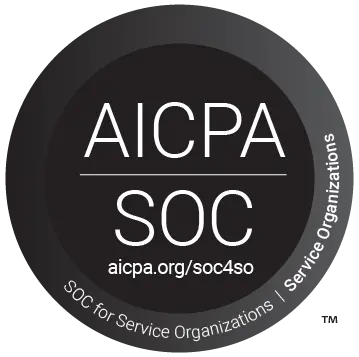Agile Mindset: Adapting to the Demands of People Management in the Digital Age
The digital age has brought about a sea of change in the way we work. Gone are the days of rigid hierarchies and siloed teams. Today, businesses need to be agile and adaptable to survive in the ever-changing marketplace.
This shift has had a profound impact on people management. Traditional approaches to HR, such as annual performance reviews and long-term planning, are no longer fit for purpose. In today’s fast-paced environment, people managers need to be able to respond quickly to change and empower their teams to be self-organizing and autonomous.
What is an agile mindset?
An agile mindset is a way of thinking and working that is characterized by flexibility, adaptability, and a willingness to embrace change. It is about being open to new ideas, learning from mistakes, and continuously iterating and improving.
In the context of people management, an agile mindset means:
- Empowering employees: Agile managers trust their employees to do their jobs well and give them the autonomy to make decisions and take action.
- Fostering collaboration: Agile teams work together to achieve common goals, regardless of their individual roles or titles.
- Embracing change: Agile organizations are not afraid of change and see it as an opportunity to learn and grow.
- Celebrating failure: Agile teams view failure as a learning opportunity and use it to improve their processes.
How to develop an agile mindset
Developing an agile mindset is not something that happens overnight. It takes time, effort, and a willingness to change. However, the benefits are well worth it. Agile organizations are more productive, innovative, and resilient than their traditional counterparts.
Here are a few tips for developing an agile mindset:
- Start by understanding the principles of agile. There are many resources available to help you learn about agile, such as books, articles, and online courses.
- Talk to people who work in agile organizations. Ask them about their experiences and what they have learned.
- Experiment with agile methods in your own work. Start small and gradually introduce agile practices into your team or organization.
- Be patient and persistent. Change takes time, so don’t get discouraged if you don’t see results immediately.
The benefits of an agile mindset
The benefits of an agile mindset are numerous. Agile organizations are more likely to:
- Be productive: Agile teams are more efficient and effective at getting work done.
- Be innovative: Agile organizations are more likely to come up with new ideas and solutions.
- Be resilient: Agile organizations are better able to adapt to change and bounce back from setbacks.
- Be attractive to employees: Agile organizations are more attractive to talented employees who want to work in a fast-paced, collaborative environment.
The future of people management
The future of people management is agile. As the digital age continues to evolve, organizations that embrace an agile mindset will be the ones that succeed.
If you are a people manager, I encourage you to start developing your agile mindset today. The future of your organization depends on it.
Here are some additional resources that you may find helpful:
- The Agile Manifesto: https://agilemanifesto.org/
- The Agile Alliance: https://www.agilealliance.org/
- The Scrum Guide: https://www.scrumguides.org/
In addition to the resources listed above, here are a few books that you may find helpful:
- Agile People Management: Leading and Developing Teams in the Digital Age by David L. Marquet
- The Agile Leader: How to Create an Agile Business in the Digital Age by Peter Economy
- The Art of Agile by James Shore and Shane Warden
I hope this post has given you a better understanding of the agile mindset and how it can benefit your organization. If you have any questions, please feel free to leave a comment below.







